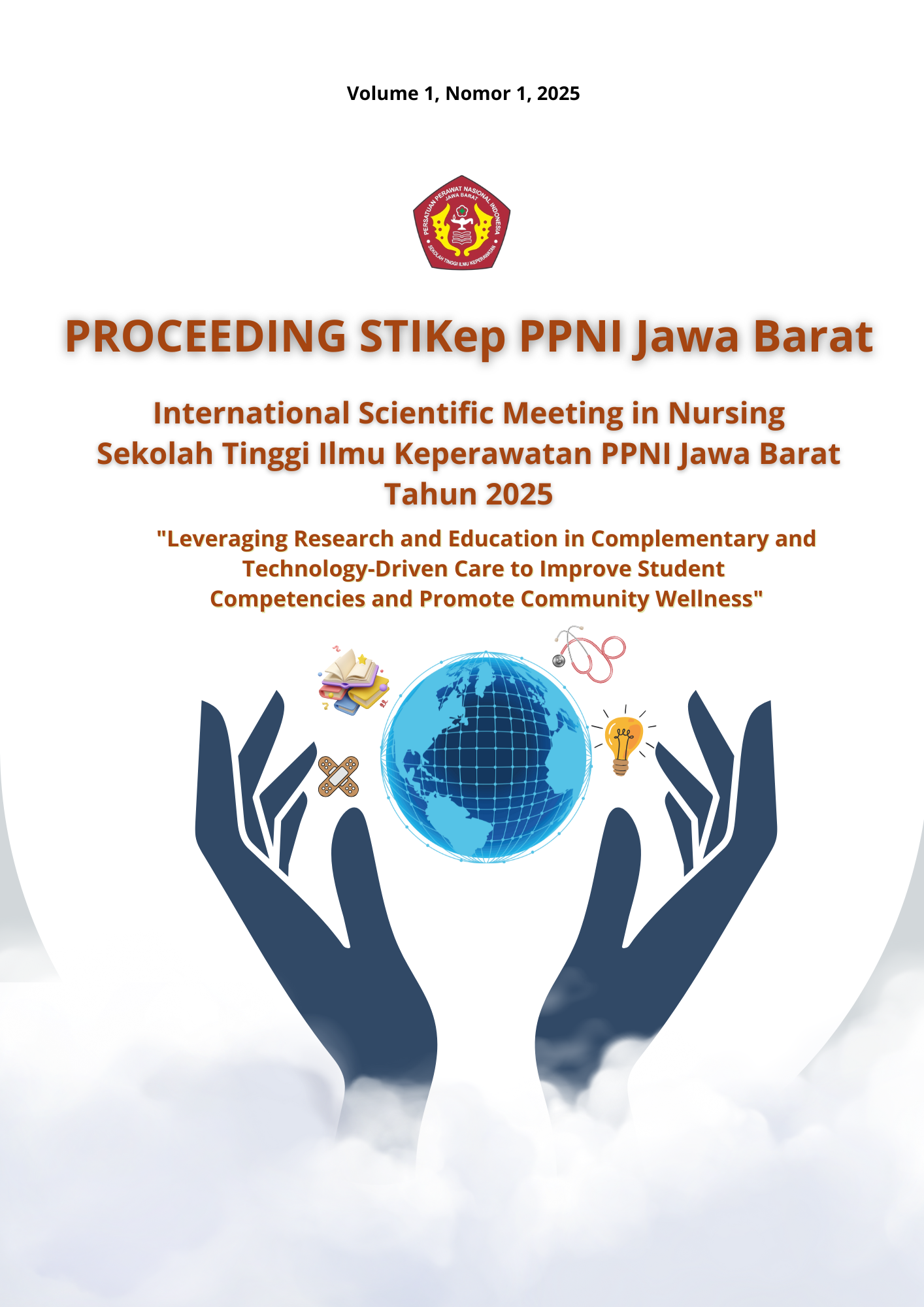Effectifitness of Upper Back Massage to Reduce Fatigue Among Nurses at Kemuning Building of Dr. Hasan Sadikin Hospital Bandung
Keywords:
Nurse fatigue, upper back massage, non-pharmacological intervention, quasi-experimental, occupational health, fatigue reduction.Abstract
Objective: This study explores the impact of upper back massage as an intervention to alleviate fatigue experienced by nurses working in the Kemuning Building at Dr. Hasan Sadikin Hospital, Bandung.
Method: A quasi-experimental design with one group and a pre-test–post-test format was applied. The research involved 85 nurses selected through total sampling. The Fatigue Assessment Scale (FAS) was used to measure fatigue levels before and after the intervention. Statistical analysis was conducted using paired t-tests to evaluate differences in fatigue scores.
Results: Demographic analysis showed that the average participant age was 37 years. The majority of nurses were diploma graduates (57.6%), married (77.6%), and worked more than 40 hours per week. Post-intervention analysis using paired t-tests revealed a statistically significant decrease in fatigue levels, with a p-value of less than 0.0005, indicating that the massage therapy had a substantial effect.
Conclusion: The findings suggest that upper back massage is a beneficial method for reducing physical fatigue among nurses. Incorporating this non-pharmacological approach into workplace wellness programs may help improve overall well-being and performance among healthcare professionals.
Additional Files
Published
Issue
Section
License
Copyright (c) 2025 Proceeding STIKep PPNI Jawa Barat

This work is licensed under a Creative Commons Attribution-NonCommercial 4.0 International License.





